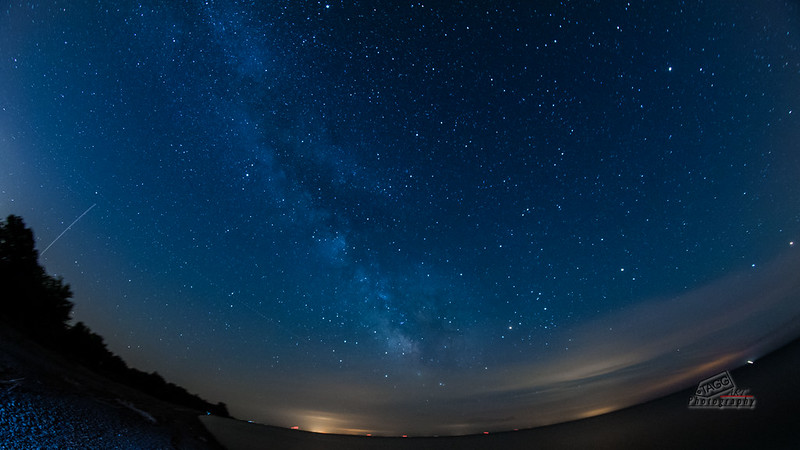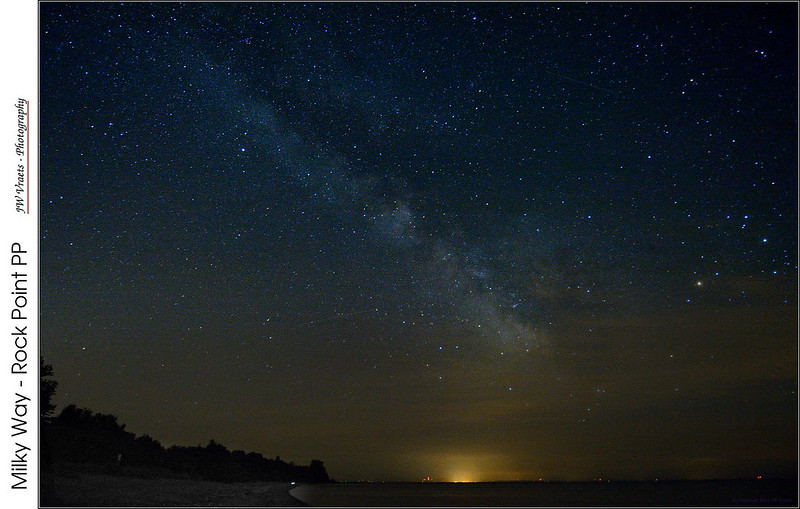Note: I have already posted some questions here:
https://www.pentaxforums.com/forums/115-pentax-k-5/143409-k-5-astrophotograph...ml#post2868662
but got reply yet, so I am X-posting here.
I have read a few threads, including two of the "Articles" relating to night photography but I still have quite a few questions to ask.
To start ....
My gear: Pentax K5 and K7, DA*16-50/2.8, DA 15Ltd, excellent tripod/head, IR remote, 32GB SD card.
No O-GPS.
Post processing software: Photoshop CS5 (with Topaz Denoise 5 plug in if needed).
Settings I am looking for (to start):
- ISO
- better choice between the two lenses ... DA*16-50 or DA15 Ltd ?
- aperture
- shutter time
- mirror up or not
- metering
- NR at slow shutter speeds ON or OFF? re: avoidance of the DFS ?
- focusing: manually to infinity?
- direction to aim at the sky ... I am 200Km East of Québec City, Québec, Canada.
- which method :
An Introduction to Star Trail Photography - Introduction - PF Reviews ... Exposure stacking ?
- anything else I am forgetting to ask ... ?
I will be taking a few days off work and will be at the "chalet" with hardly any annoying artificial lights, so I suppose this will help quite a bit at this attempt.
If anyone can join in here and offer a few tips, it would be appreciated.
Thanks !

JP


 Similar Threads
Similar Threads 























